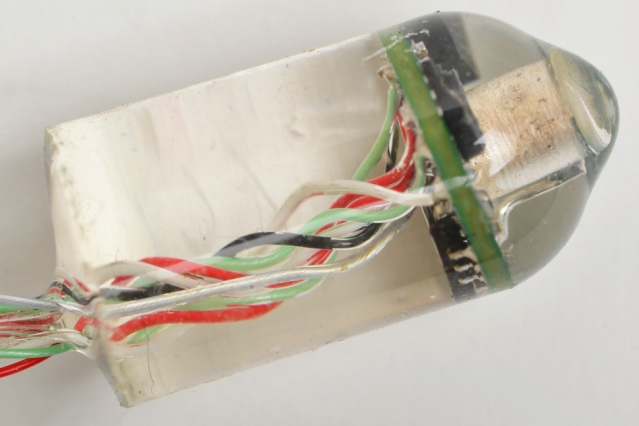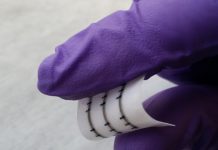
Typical disease detection includes many assessments and test—taking samples of blood, saliva, urine, and stool; inserting unpleasant-looking devices into various locations in the body; and the like. Even superior detection techniques—like patches with micro needles—still need to remain in the skin sufficiently long enough for an accurate assesment.
However what if there was a method for disease detection and monitoring of important indicators to be out of sight, and out of mind?
Researchers from Massachusetts Institute of Technology (MIT) have discovered a way to create an ingestible ‘capsule’ or ‘pill’ that may monitor vital signs from within the gastrointestinal (GI) tract. The capsule, is basically a package with many sensors and a mic, and is about the size of a multivitamin. It can monitor respiratory rate and heart rate from the within, and is anticipated to have the ability to make quick and long-term assessments easier on patients.
While the capsule is made primarily for medical monitoring and analysis, the researchers say that it may possibly also assess trauma patients, monitor soldiers in battle, carry out long-term analysis of patients with chronic diseases, or enhance training for all kinds of athletes.
The research was published in the journal PLOS One on 18th November 2015
How Does It Work?
The way in which the sensor monitors respiratory and heart rates is simplicity itself: it listens. There’s a small microphone contained in the gadget, created to concentrate on the sounds of the lungs and the heart.

To have the ability to hear effectively, the researchers needed to plan signal processing techniques that distinguish the sounds produced by the heart and lungs from each other, in addition to the background noises produced by the digestive tract and other elements of the body.
To test the system, the researchers experimented utilizing a pigs’ GI tract. They discovered that the capsule could precisely pick up respiratory rate and heart rate, even in situations such as the quantity of meals being digested had been different.
The ‘pill’ is almost the size of a multivitamin, and has a small microphone in a silicone capsule, together with an electronics package that processes the sound and sends wireless radio signals to an external receiver, with a range of about three meters (about 10 feet).
It is anticipated that the sensor package will stay inside the body for about one or two days, before being excreted by the natural method. More intensive monitoring would require the ingestion of multiple pills over a period of time.
In the video above, researchers explain how the technology can be used to monitor vital signs from inside the GI tract.
Video: Melanie Gonick/MIT (animation and additional imagery courtesy of Diana Saville, Albert Swiston, and Giovanni Traverso)













































